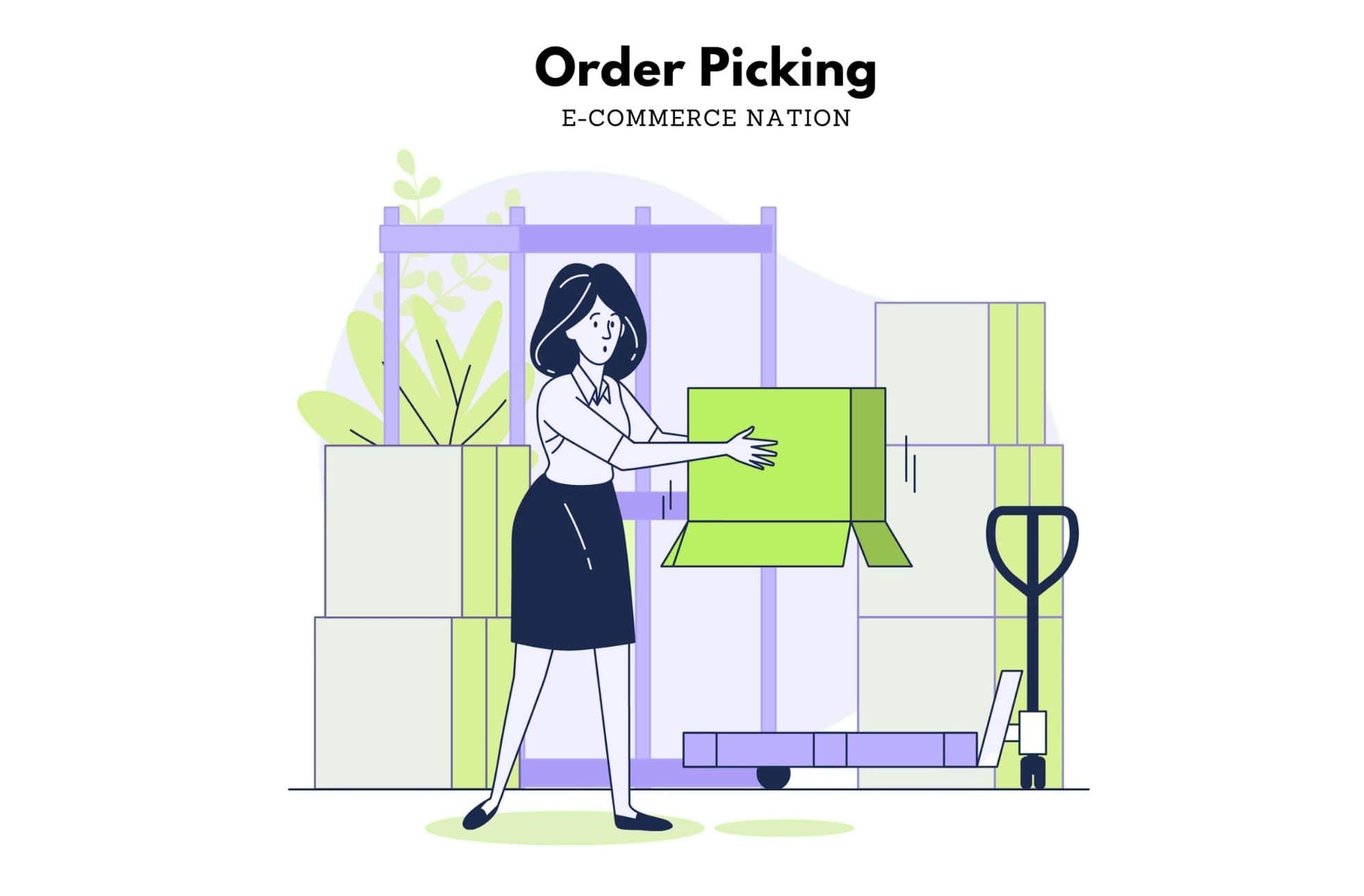The supremacy of Amazon, Walmart and other e-commerce giants cannot be explained solely by the quality of their stock or their excellent trade agreements. Aspects such as the ecommerce shipping strategy also play a role. The sending and receiving of an order is the critical point of the commercial cycle, because a bad delivery can ruin the whole purchase process.
According to a Pitney Bowes study, more than 9 out of 10 customers (93%) believe that shipping options are critical to their online shopping experience. Other reports have shown that high shipping costs increase the abandonment rate of shopping carts: the user finds valuable products, but when processing the order, reverses due to high shipping costs. What can small and medium ecommerces do to improve in this regard?
In the following lines we will delve into the best practices of ecommerce shipping, related to the optimization of shipping costs, the automation of administrative tasks or the improvement of the shopping experience. You can’t miss them!
Automate order processing
Process orders, process tasks, contact suppliers, send notifications to customers, etc. These and other tasks are repetitive and exhaust the energy of the human team, but are necessary for the proper processing and shipping of orders, right? Automating them is a growing trend that all ecommerce must follow.
A good ecommerce shipping strategy should save costs and inconvenience to your staff, and automation of tasks is vital to achieve this. The administrative tasks are redundant, and precisely for this reason they can be organized in such a way that the entry of a certain type of order automatically generates a specific order to the personnel responsible for logistics.
This measure, which can be carried out with specific software for ecommerce, does not entail any damage to the human team. Companies do not have to make waves of layoffs. Only your staff will be able to devote more time to important tasks.
Optimize costs to offer more competitive prices
The ‘secret’ to minimising shipping costs lies in prior commercial agreements with haulage companies. If the agreement is good for the company’s balance sheet, it will also be good for its consumers’ pocketbooks.
For business giants, cost savings in logistics can only be achieved through economies of scale. Start-ups and midsize companies may find this out of their reach. No mistake, but there are other ways to save costs beyond the economies of scale.
Services like Roadie, the Uber of order shipping, have changed the normals of the game. This and other peer-to-peer package delivery platforms help reduce costs without sacrificing quality and speed. Startups have to be creative if they want to reduce these costs.
Offers free shipping without sacrificing profits
Free shipping is certainly a powerful competitive advantage in any industry. But at the same time, it negatively affects the profit margin. And ultimately, companies want to maximize their profits, don’t they?
However, it is possible to offer free shipping through three simple strategies:
● Including shipping costs in the final price of the product. Even a slight increase per item can make up for the free medium to long term shipping. The customer actually pays the shipping cost, which does not leave the shopping cart for this reason, as the cost has been deducted from the final price.
● Free costs with a minimum of orders. This strategy is by far the most used. It consists of offering free shipping when the shopping cart exceeds 30, 50 or 75 euros. From these prices, the company considers that the impact of free shipping costs is minimal. With this strategy, it also encourages the increase of purchases per customer.
● Annual or quarterly subscriptions. Amazon and other ecommerce use this option, recommended use. With the payment of an annual or quarterly fee we can offer special features and functions to premium users, such as free shipping.
On the other hand, we will underline a dogma to follow in the treatment of shipping costs: never try to make money with them, never. To be successful in e-commerce, transparency and honesty must be present at all times. Moreover, the customer is not stupid. Checking the tariffs of logistics companies is easy with the Internet, and it would not take long to discover the trap.
Facilitates ways of contact in case of incidents
For some customers, the best shipping for a small ecommerce is not always the fastest, but the one that offers the best support. This is especially true for B2B transactions. Communications with customers must be constant throughout the purchasing process. But at the time of shipment, they are crucial.
The best ecommerce facilitates all possible ways of contact during shipping, to speed up the resolution of incidents that may arise. In this way, we will ensure that our customers remain calm and confident.
Customize orders to make the customer feel special
But shipping costs or task automation are not the only aspects that can be improved in ecommerce shipping strategy. The shopping experience is also important. A good way to do this is to offer customization options, such as the ability to use gift wrap.
Sending notes and thank-you cards with the customer’s name is also effective. Is this the first time the consumer has placed an order? Then he can be thanked with some special detail. When the customer already has a good track record, his purchasing trends become predictable. The best ecommerce takes advantage of this to send scoops and exclusives to these loyal customers. It’s all a matter of making them feel special!




